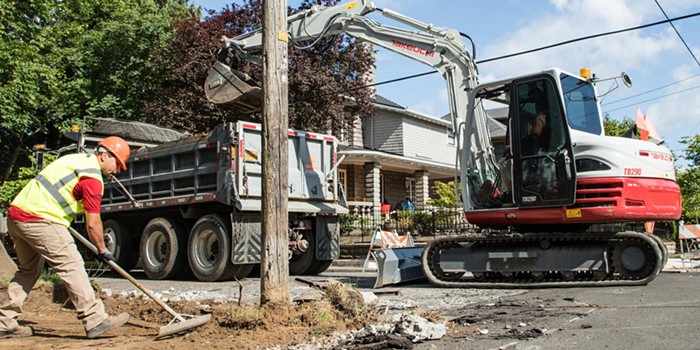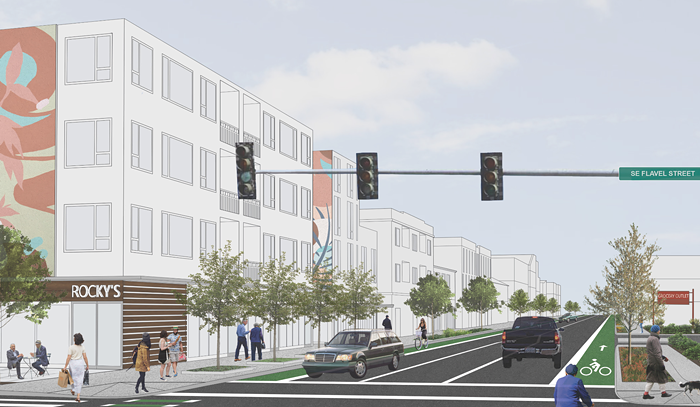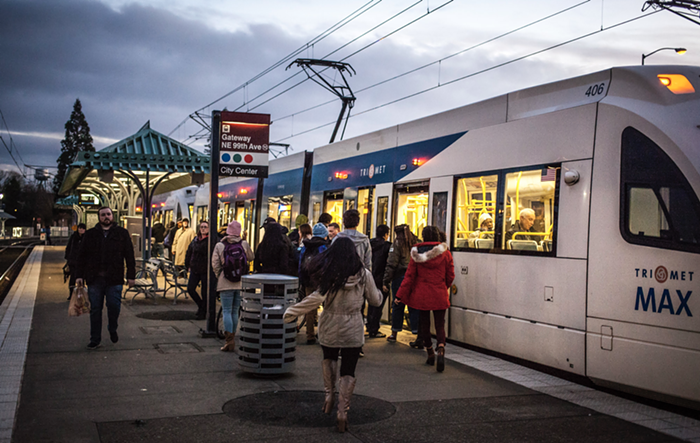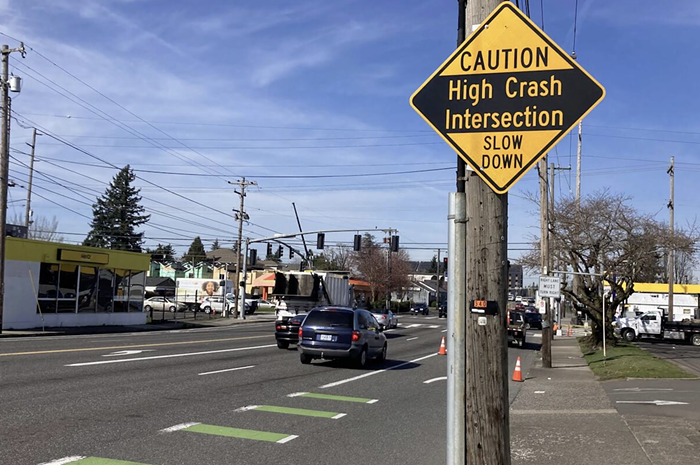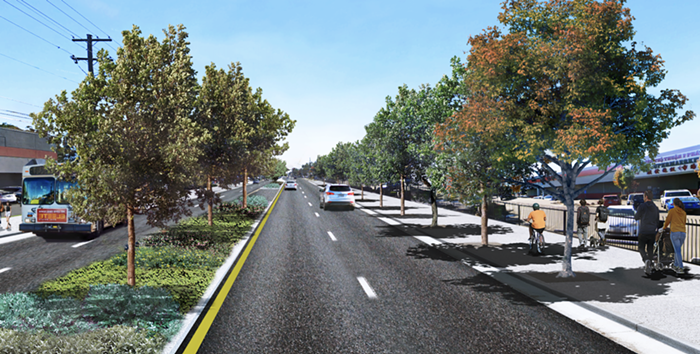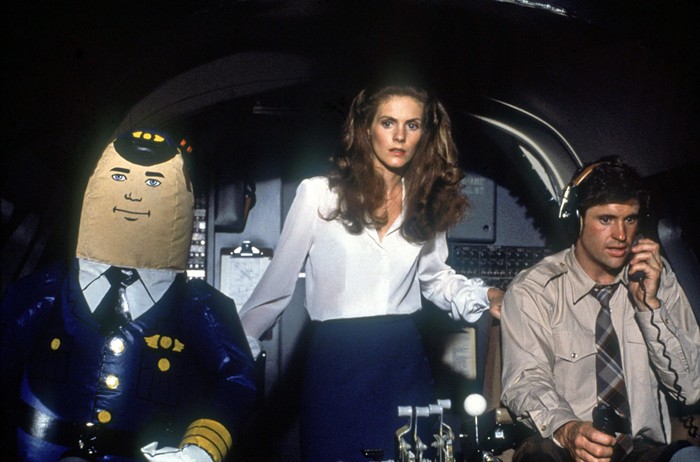According to a recent Sightline study, Northwesterners' gas consumption has remained relatively constant since 1999, despite population growth. It seems that Oregon and Washington drivers were unfazed by the rocky economy over the 12-year time frame, at least when it came to filling up a tank. It's also interesting to compare this steady information with the volatile spike in gas prices (gas was around $1.50 a gallon in 1999) over the years. It looks like it takes a lot for a driver to stop gas guzzling (at a constant rate, that is).

That being said, the study also reveals that vehicle travel has been on the decline since 2002. Also, a 2009 Sightline study shows that in Portland (as opposed to the entire NW region) gas consumption has been on the decline.
The study bases this constant data on a variety of factors including the introduction of more fuel-efficient vehicles and the fact that Baby Boomers are retiring from "peak driving ages". One slightly depressing reason: "Many young Americans prefer to drive less, choosing instead to navigate their social interactions online rather than by driving." I was hoping they would throw in some more upbeat young American statistic based on bicycle use, but no dice.
While declining or constant gas consumption is essentially good for our neck of the woods, the report's press release illustrates the potential downfalls:
The trend has big implications for transportation finance. Oregon and Washington are both considering major bridge, tunnel, and highway megaprojects, and are counting on robust gas tax revenue to help pay for them. Falling gasoline sales and fewer miles traveled could lead to revenue shortfalls, placing transportation finance in jeopardy.
Why does being above average have to lead to less support? A pat on the back doesn't always suffice. Bunk.

